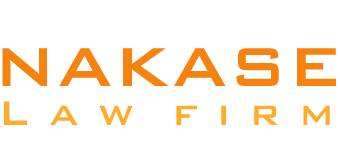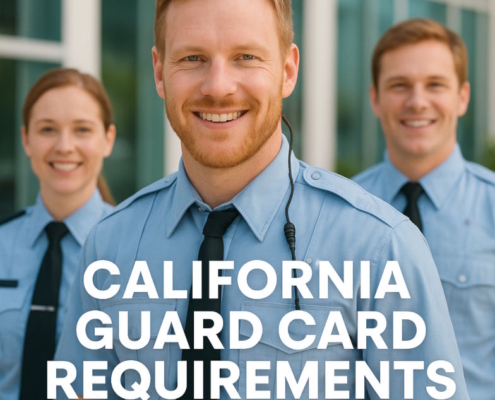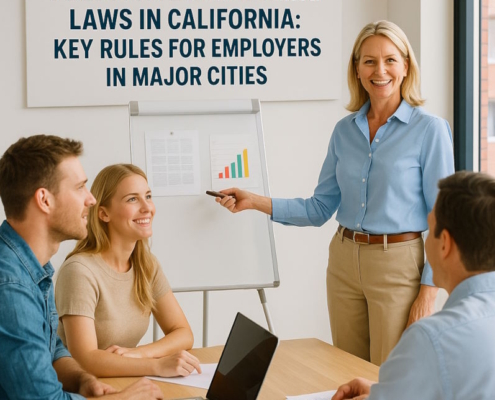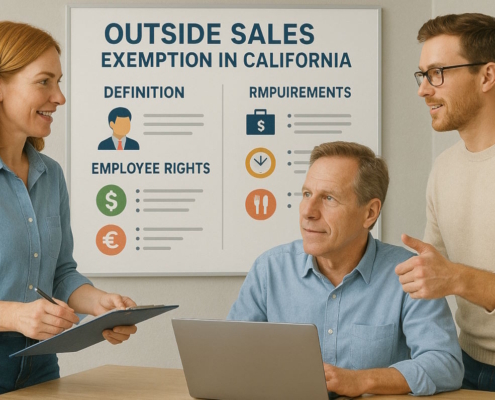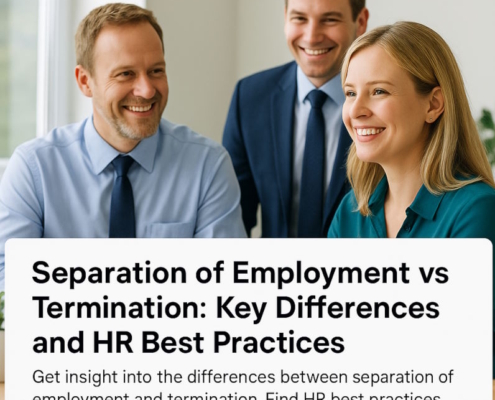Introduction
Companies in California face a significant number of lawsuits related to the infringement of meal and rest breaks. It is essential to comprehend the laws concerning meal and rest breaks in California.
Employers and human resources departments are required to adhere to these regulations by informing nonexempt workers of the legal necessities of worker break laws, giving them the opportunity to utilize meal and rest breaks in California, and doing everything in their power to do so.
The food and rest break rules that employers must adhere to in California are covered in this section.
Meal and Rest Breaks in California
It is illegal to employ anyone for a period of time exceeding 5 hours without giving them a minimum of thirty minutes for an unpaid, private meal break. The worker’s fifth hour of duty must be the latest time that the initial meal period begins.
However, in Brinker Restaurant v. Superior Court, the California Supreme Court provided clarification on company meal and rest break responsibilities. This was the court’s strongest ruling on meal and rest breaks in California. The issue of whether companies must guarantee breaks or just offer them has been the subject of extensive lawsuits in both state and federal courts.
The employer fulfills its legal duty to give its workers a break from work for meals if it:
- Releases its workers from all obligations.
- Gives up authority over their actions.
- Gives them a fair chance to take a thirty-minute break without interruption.
- Does not prevent or deter them from accomplishing that.
There is no obligation on the part of the employers to ensure that the workers utilize their meal and rest breaks in California. There’s no obligation to monitor lunch breaks to make sure no job is being done after the meal interval has been established.
Only when all of the aforementioned requirements are satisfied may a meal break be unpaid.
If both the company and the worker agree, the meal break may be skipped when the workday is finished in a maximum of six hours.
30-Minute Second Meal Break
In the case of a worker who has to work over ten hours on any working day, the employer must ensure that they have at least one extra food break of at least thirty minutes. By the time the employees have worked ten hours, they need to be provided with the subsequent meal break.
The 2nd meal period can be skipped by an employee only when the following criteria are met:
- There were no more than twelve hours worked in a single workday; you and the worker both gave your consent; and
- There was no exemption for the first food break of the day.
Meal Breaks While on Duty
Only under specific, restricted conditions are employees permitted to consume meals while on the job. Each of the following requirements must be fulfilled by an on-duty food break.
- It is only allowed when the position of a worker requires them to perform all duties.
- It has to be agreed upon formally by both parties.
- It has to be compensated.
- It may be withdrawn at any given time by the worker in writing. One exception is Wage Order 14 (Some occupations linked to Agriculture).
Be cautious before you approve on-duty lunch breaks. It’s better if you get legal advice. On-duty food breaks have been endured only in narrow instances.
Rest Break Requirements
All non-exempt workers who work a minimum of 3.5 hours a day must have their employers approve and allow them to take uninterrupted rest periods. Ten minutes for each 4 hours labored, or the “significant fraction” of that, must be allotted for these required rest periods. The judicial system considers anything more than two hours to be a “significant fraction” of four.
The rest interval should generally take place in the midst of every four-hour session, if at all possible. Typically, a day lasting eight hours consists of one food break and one rest period. There is no strict requirement to allow a rest interval prior to a meal period, even if this is the common rule.
“Longer or shorter schedules and other variables that make such scheduling impossible may change this basic rule,” the Supreme Court (California) stated in the Brinker case. The ability to “deviate from that intended course if practical concerns render it impossible” gives employers some discretion.
Employers should use caution when deviating from the standard practice of offering rest periods in between work periods. If industry-specific situations seem to justify deviating from the norm, they should seek legal advice.
Rest times must be paid as time worked and treated as hours worked by employers. A California Supreme Court ruling in Augustus vs ABM Security Services mandates that employers release workers from all responsibilities during rest periods and give up all authority over how workers use their time off. Certain industries have relatively few exemptions to this standard, such as the energy industry’s safety-sensitive jobs and ambulance drivers.
Laws Concerning Meal and Rest Breaks in California: Penalties for Violations
Employers in California who violate the state’s standards for meal & rest breaks can face repercussions. Court rulings have raised the possibility of severe fines.
1. Missed Break for Meals
An employee is entitled to one extra hour of salary at their usual pay rate for each workday in which they are not given a mandatory meal break. The employee is entitled to the extra hourly compensation. Workers can make an appeal for unpaid pay for a maximum of three years.
2. Lost Rest Period
You have to include the worker’s hourly wage at the usual pay rate in the following paycheck if the rest break is either not provided or is interrupted.
3. Missing meals and rest periods
Employers’ premium wage obligations to employees who skip both a meal and a rest break in a single day have been the subject of much debate: Does it pay one hour? Or is it 2 hours of salary because there were two infractions?
A California Court of Appeals decided in United Parcel Service vs Superior Court of LA County that it is 2 hours of pay. Because the extra wage requirement is found in two different parts of the Wage Orders, there are two distinct remedies.
The worker’s regular payment rate, which is also the rate utilized for overtime compensation, must be used to pay meal and rest break premiums. A worker’s regular payment rate could exceed their hourly wage. All remuneration received throughout the workweek, including base hourly earnings, commissions, and optional bonuses, must be included in the rate calculation.
